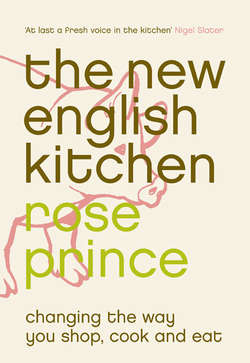Читать книгу The New English Kitchen: Changing the Way You Shop, Cook and Eat - Rose Prince - Страница 141
choosing tuna
ОглавлениеTrawling for any fish using nets puts other wild species at risk of getting caught up in the gear, but the risk is greater to these lovely mammals when netting tuna. Check labelling on cans to be sure it contains ‘dolphin friendly’ tuna, looking for mention of monitoring by the EII (Earth Island Institute). The ‘dolphin safe’ motto you may find on cans from North and South American tuna fisheries is not, according to marine conservationists, so closely monitored. In coming years, the EII hope to develop a logo to make it easier for shoppers.
Catching tuna by pole and line is the only truly sustainable means. Not all ‘line-caught’ tuna is sustainable. Ask for hand-lined, troll-caught tuna; or tuna caught on long lines that are ‘seabird friendly’. It is currently very difficult to tell what fishing method was used for catching skipjack tuna. This is because it is a commodity – like coffee or tea – traded on a world exchange. It’s a system of trading that undermines efforts to conserve the tuna numbers. If well-managed fisheries are not rewarded, why bother? In the coming years the Marine Stewardship Council hope to certify the pole and line tuna fisheries as sustainable – watch out for their logo on tins and jars.
You can also find handline-caught albacore – a pale, delicate-fleshed relative often dubbed ‘white tuna’, and found mostly around the coast of Spain, Portugal and France (see the Shopping Guide).
Always buy tuna packed in either olive or sunflower oil, draining it away before you use the fish.
